blog
Interview with photographer Renato D’Agostin
F-Stop Magazine: How did you first become involved in photography and what led to you working in this medium?
Renato D’Agostin: My very first encounter with photography was when I was about 17 years old and my mother won at the lottery of the town a large photograph of an elephant. I put the elephant in my room and every morning I woke up, it was there, looking at me. It was in colors and shot with a very long lens that compressed all the background and the other elements. That flattening of reality fascinated me. A few days later while walking in Venice I saw a situation and I wished I had a camera. A few more events happened related to photography and I became more and more interested in the medium. My father happened to have a Nikon at his home which I borrowed and started to see how my eye could translate reality into two dimensions. I still shoot with a long lens on my camera…
F-Stop: We are seeing an increase in the move to digital film not only in photography but also in cinema. How did your interest in working with film in a darkroom begin? What does working in black and white bring to your photos that colour does not?
RD’A: Immediately when I started photography I understood that black and white was the correct alphabet for my visual language. Its purity and silence from the daily visual noise were a relief. The architecture of the photographs I was starting to shape required naturally the absence of colors making one step further from reality. This, plus the fact that I right away fell in love with the time in the darkroom, tightened me up to black and white. In those days digital photography was still an uncertain ground, and this allowed me to have easy access to darkroom materials even in my hometown, remaining completely fascinated by the process, forever. I feel like the darkroom is the natural extent to the light impressed on film. It’s light, and the light again. In the digital process it’s light, and then pixels. I prefer to know that I’m modeling light and no pixels. I think every photographer should use the process that will take him or her to the result wanted. In my case, the days I spend in my darkroom instead of in front of a screen I believe make me understand something more about my photography and my connection to it, how I feel about it, and where I want to take it to.
F-Stop: Is what you cannot see in a photograph just as important as what you can see? Where does this curiosity come from in your work?
RD’A: In my photography I tend to take elements out of the frame, instead of adding. Empty spaces attract me as I can build in them with the subjects interfering in the frame. I tend to subtract in order to find the pure simplicity of that particular situation, reducing it to the essential. Once the great composer Arvo Part said about his music ‘…so that every blade of grass would be as important as a flower…’ I like to apply that to photography and find the strength of simplicity.
F-Stop: You work effectively with shadows and light in your Tokyo Untitled and The Beautiful Cliché projects. Are you at all influenced by film noir?
RD’A: Not directly. I like to work with shadows and other ways of avoiding the direct recognition of the subject as it frees imagination and lets the viewer find his own way to perceive the photograph. Subjects become unknown actors in the photograph, stepping in it as forms and shapes relating with the other elements around them.
F-Stop: You’ve traveled extensively for your photography around Europe and Asia. How do you make a project about a specific city or place relate to someone elsewhere in the world? Is that something you think about when putting a project together?
RD’A: When I start a new project it always comes for different reasons. I went to Tokyo the first time because I was interested in Japanese photography and I wanted to see what my eye could do there. I photographed Venice because it’s my home town, which I love, and I believed that it was still possible to photograph it taking it away for a moment from the postcard cliché that has become its only representation. Other cities for different reasons. I don’t think about how those photographs will relate to the viewer on the other side of the world. When I shoot I only think about the way I can transport a certain feeling or situation into a photograph. When I put together the project I think about the project only. When the book is made I like to hear how the people from that particular place feel about it and relate to it.
F-Stop: What inspires you to show different aspects of city life and not focus solely on the architecture or faces of people? Can you discuss your creative process for making these images?
RD’A: When I walk around to photograph I let myself being taken by the feelings of the city…whatever they are. I usually don’t know my next photograph until I see it also happens sometimes that I have an idea in my mind at the end of the walking day as result of my impressions of what I have seen so far, but I have not found that image yet. The next day or days i will look for that particular photograph and usually it starts from something but ends up into a shifted angle, but always as result of the searching for it.
F-Stop: Do you have a favourite image from your work? If so, which one and why is it the image that speaks to you most?
RD’A: For a long time this photograph has been my favourite. I shot it in Paris when I was 22 and I consider it my most important one because when I first put the negative in the enlarger I said ‘That is where I want to go’. From that moment on I knew I had a chance to find my way into photography. It had the timeless feeling that I constantly look for in my images.
This one has been one of my favourite ones as well. The subject of the image is only a little percentage of the space. It’s a photograph of silence that I can contemplate for a long time and find it gratifying.
This one the one I consider my favourite now. I shot it in Los Angeles very recently. The subject is jumping, landing, swinging, who knows…it looks to me like a puppet with strings holding him. It’s decontextualized from everything around him and this makes my imagination go further and further. It gives me a strange sense of freedom. I considerate it an ‘infinite image’.
F-Stop: You recently took part in the group exhibition at Phillips Collection, Washington DC. Do you enjoy the experience of being part of an exhibition and sharing your photos with an audience in this way?
RD’A: I shoot photographs for myself as photographing is my own way of relating to the world around me, but as every work I find it needs an audience to exist and take place. I enjoy the experience of sharing my photos with other people, in or out of the world of photography. The exhibition at Phillips Collection was particularly interesting in this sense as it was extended also outside of the art world, and each photograph was combined together with a poem by famous italian poets and these diptychs have been traveling for months on Washington DC public transportation, sharing the art with the world of daily travelers that don’t necesserily go to museums. The result was beautiful.
F-Stop: What do you hope people see, feel or perhaps learn when they look at your photographs? What feedback or reactions have you received?
RD’A: When I was at the presentation event at Phillips Collection a man came to me and pointing at my photograph on the wall asked ‘Is that your photograph ?’ When I responded it was mine, he said ‘Thank you – I drive the bus every morning and every morning I see your photograph, and it makes me feel good for the day ‘. I find that something like that is enough to be happy to share my photography with other people…
F-Stop: What photographers or other artists inspire you?
RD’A: Mario Giacomelli, Ralph Gibson, Dirk Braeckman, Saul Leiter, Ray Metzker, Daido Moriyama, Alessandro Simonetti, Andreas Gursky, Aleksander Rodchenko, Francis Bacon, Pierrette Bloch, Pierre Soulages, René Magritte, Arvo Part, Morton Feldman…
F-Stop: What has been the best career advice you’ve received?
RD’A: “Go out and shoot”
F-Stop:What advice do you have for someone with an active interest in photography?
RD’A: “Go out and shoot”
For more of Renato D’Agostin’s work: www.renatodagostin.com
Location: Online Type: Interview
One response to “Interview with photographer Renato D’Agostin”
Leave a Reply
Events by Location
Post Categories
Tags
- Abstract
- Alternative process
- Architecture
- Artist Talk
- Biennial
- Black and White
- Book Fair
- Car culture
- charity
- Childhood
- Children
- Cities
- Collaboration
- Cyanotype
- Documentary
- environment
- Event
- Exhibition
- Family
- Fashion
- Festival
- Film Review
- Food
- Friendship
- FStop20th
- Gun Culture
- Italy
- journal
- Landscapes
- Lecture
- love
- Masculinity
- Mental Health
- Museums
- Music
- Nature
- Night
- photomontage
- Podcast
- Portraits
- Prairies
- River
- Still Life
- Street Photography
- Tourism
- UFO
- Wales
- Water
- Zine


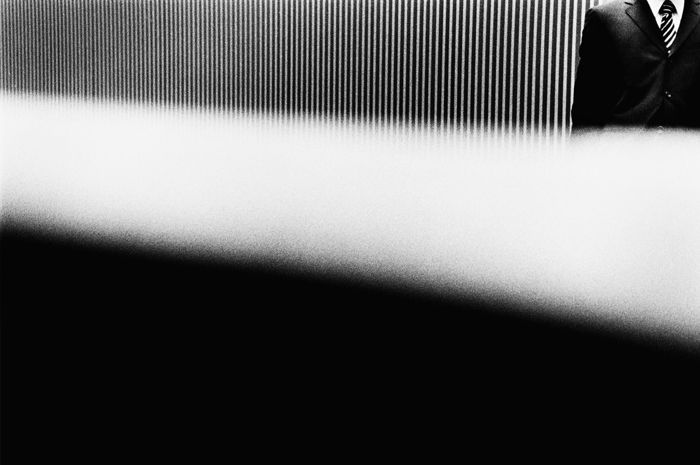


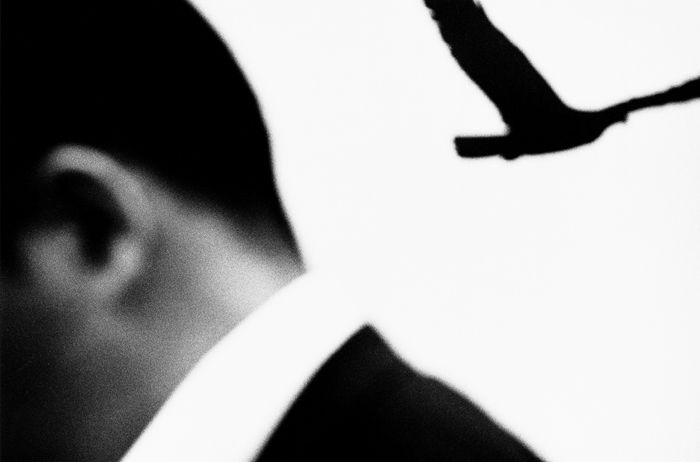
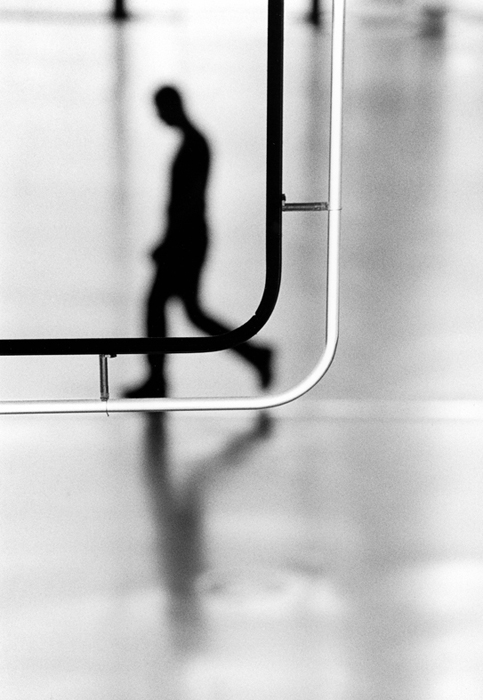
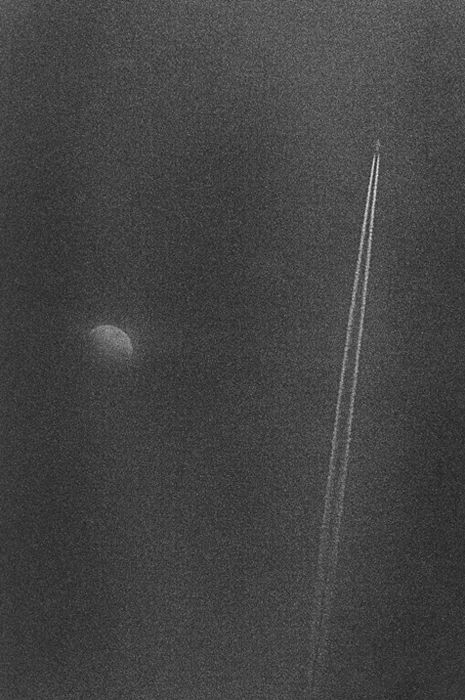
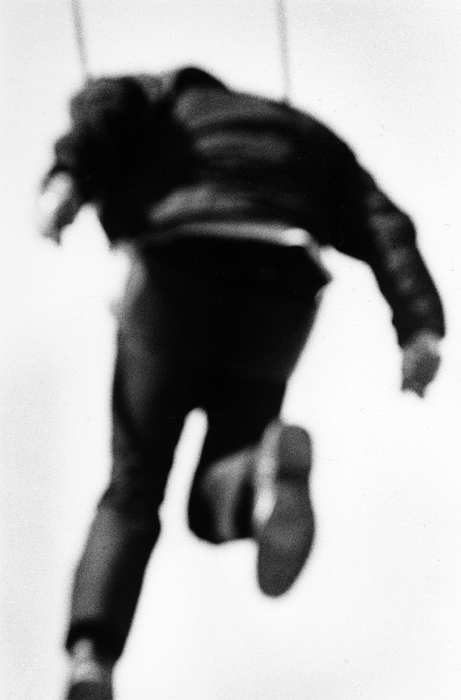
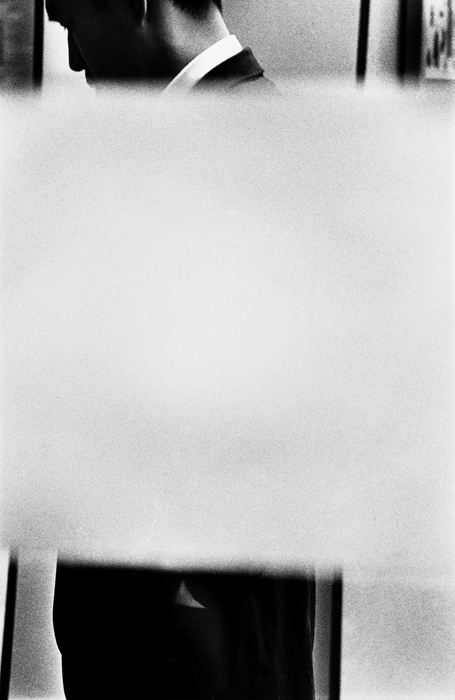

Renato’s work expresses a highly refined aesthetic, combining intelligence and poise, using a visual language totally unique and original. He observes life with both a sense of wonder and unease, and arrives at visual solutions that both elevate and haunt. His mastery of the medium in the darkroom process allows Renato to give personal, expressive richness to his negatives.
He is an artist fully committed and passionately dedicated to giving the medium of traditional black and white silver gelatin photography new life.